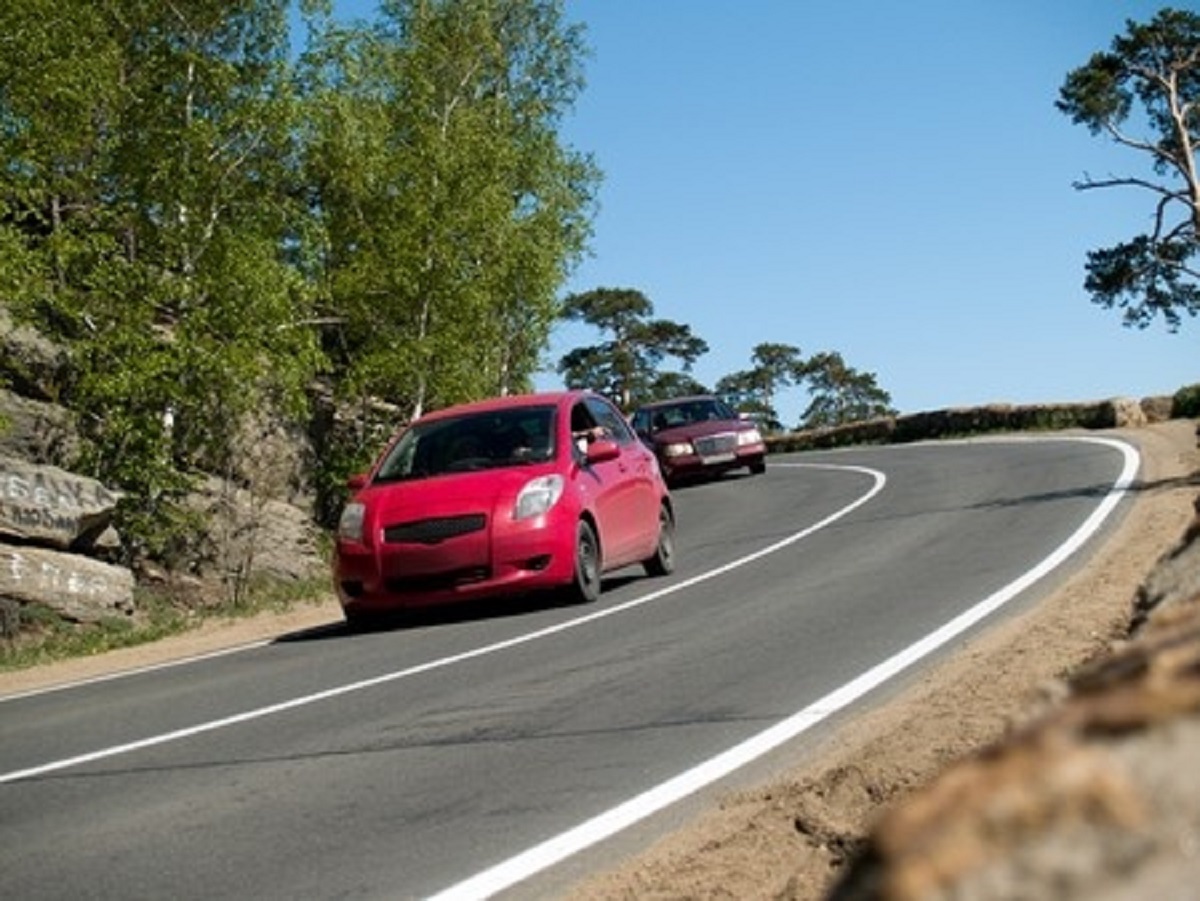Tips for Staying Safe on Windy Mountain Roads
Many drivers love the experience of driving on mountain roads – they are often scenic and can provide an exciting experience. While this makes mountain driving sound very appealing, it is also important to keep in mind that a level of danger is still present. Mountain driving can often cause additional driver fatigue as well as cause additional wear and tear to the car. If you’re planning a mountain drive for this weekend, here are some safety tips you should keep in mind in order to make the most of the trip!
Go Down as Fast as You Go Up
Drivers who are exploring mountain roads should keep this rule of thumb in mind – “don’t go down a road any faster than you went up!” Make sure to not use brakes to hold downhill speed and shift the car into “S” or “L.” The brakes should only be applied is when shifting is occurring down to a lower gear. Additionally, drivers should resist the urge to “zoom” down a hill at high speeds.
Make Sure the Vehicle is in Good Condition
It is important to ensure items like the car’s windshield wipers, brakes, heater, defroster, and exhaust systems are all in good condition and working properly. Additionally, items like the transmission fluid should be filled and/or changed depending on the vehicle’s needs. Finally, the tires and tire treads should be inspected prior to the trip to make sure they can handle the road’s current conditions and winding, wrap-around turns.
Be Prepared for Narrow Roads
Mountain roads are often much narrower than the ones we are traditionally used to driving. Because of this, drivers tend to “hug” the center of the road, but driving in this manner is frustrating to drivers coming the other way and can also be dangerous. If a driver is hugging the center line and comes across another vehicle doing the same around a bend from the opposite direction, it can create a very hazardous situation resulting in injury or death.
Carry Emergency Supplies
As with any driving trip, it is important to make sure the vehicle is stocked with emergency supplies. Before taking off for the mountains, make sure to pack the car with bottled water, blankets, snacks, a first aid kit, and any other emergency supplies you feel you may need. Altitude sickness is a real concern when driving in the mountains, so make sure to prepare for that instance as well before your trip—any type of sickness while driving wouldn’t exactly bode well for your focus and concentration.
Are you or someone you know in need of Behind the Wheel Training? Training Wheels is a Longport driving school specializing in teaching new teen drivers how to stay safe on the road. For more information on our lessons, please click here.
Copyright: rakim / 123RF Stock Photo

